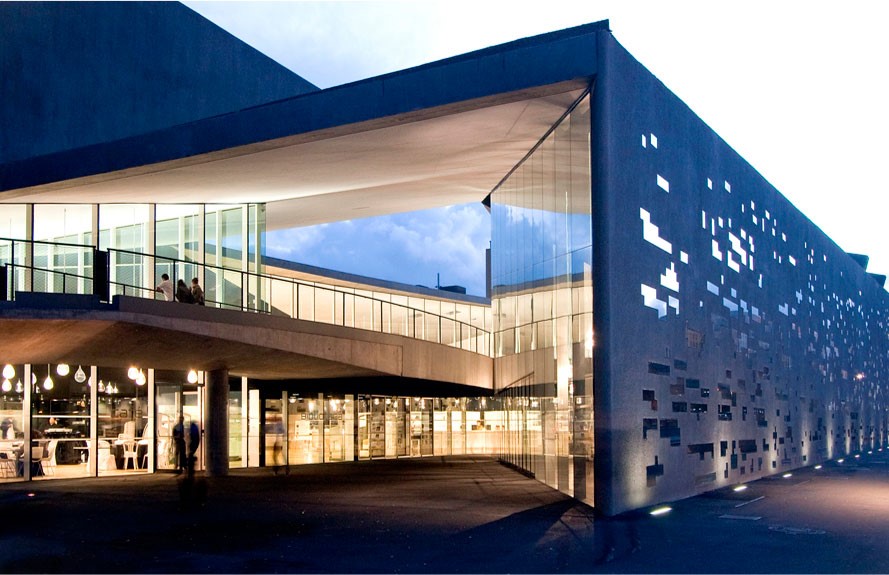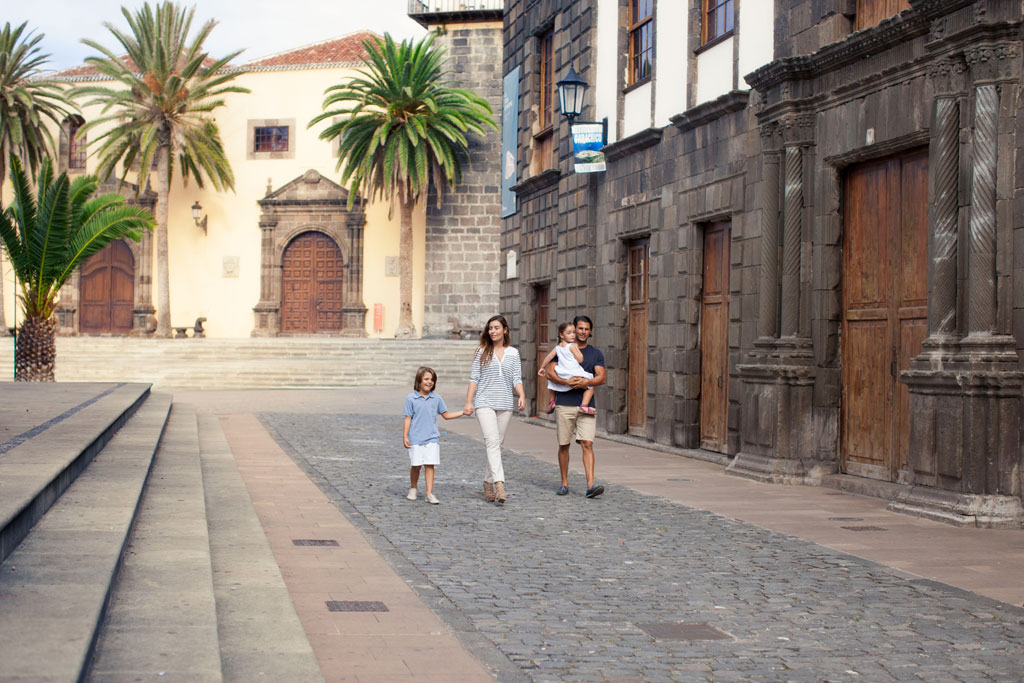A temperate climate throughout the year, paradisiacal beaches and a diversity of landscapes. Nobody doubts that Tenerife is a destination traditionally associated with a specific tourism offer. However, if we move away from its best- known attributes, we discover other attractions for which it deserves to be explored. An ideal destination for those who are looking for something more than sun and beach, full of historical heritage to discover, museums, and a multitude of cultural possibilities. Let´s take a walk through the main historical and cultural options offered by the island.
Historical and cultural tourism is that which seeks to highlight the cultural aspects offered by a certain tourist destination, be it a small town, a city, a region or a country. This type of tourism requires a high amount of historic-artistic resources for its development and, without a doubt, Tenerife has them.
AS A HISTORICAL DESTINATION
The charm of a location is often found by entering it and taking in its atmosphere, as if time had not passed through it. Visit places so well preserved that they can transport us back to a bygone era to feel what life was like then. A multitude of architectural wonders, ready to show you how to resist the passage of time and include them, with subtlety, in the present day.
San Miguel
One of the essential stops on our visit to the historical places of Tenerife, is the historic centre of San Miguel. One of those municipalities that will conquer you with its simplicity and charm from another era. Declared a place of Cultural Interest from an architectural perspective, it is the best preserved traditional urban centre in the south of Tenerife. Walk through the historic town from the Church of San Miguel Archangel, passing along the Camino Real path, until you reach the Casa del Capitán and experience the feeling of being part of an old postcard.
Santiago del Teide
In our historical journey through this area of the island, we arrive at Santiago del Teide, where different urban centres of traditional Canarian architecture, nature and culture join together. Here, we discover two points of special interest: the hamlets of Aripe and Chirche. Both allow you to enjoy unique environments and traditional Canarian houses that will transport you back to the past. The town of Guía de Isora, capital of the municipality, houses a historic complex declared of Cultural Interest in 2009. Narrow streets, old-style laundries and traditional architecture complete this small population centre.
San Cristobal de La Laguna
We move to the northern part of the island, where most of the places of special historical interest are situated. Here, we find San Cristóbal de La Laguna, the second most populated city of Tenerife and the island’s original capital. It was declared a Cultural and World Heritage Site by UNESCO in 1999. Its imposing old town maintains its original layout from the fifteenth century, a colonial town full of monuments and historic buildings. In its totally pedestrianized centre, make sure you have enough time to explore and appreciate its entirety.
La Orotava
If we continue our route, we can´t fail to visit the historic centre of La Orotava. We can walk through its old town, dotted with large church domes through a labyrinth of cobblestone alleyways, which will turn your walk into a delight for the senses. Declared a Historic-Artistic Site, the tour takes you to places such as the Church of the Concepción, the hermitage of Calvario, the Church of San Agustín, the Liceo Taoro and the former convent of San Benito Abad. It offers a point of transit to the Teide National Park, where you can enjoy unique panoramas.
Para completar nuestra ruta por los lugares de interés histórico que reúne Tenerife, no podemos obviar muchos otros lugares como Santa Cruz de Tenerife y el triángulo delimitado por calle de La Noria, Barrio de El Toscal y el Auditorio de Tenerife. Icod de los Vinos, por sus calles empedradas y el Drago Milenario. El ambiente marinero de Puerto de la Cruz y sus múltiples opciones que van, desde el Jardín Botánico hasta las diferentes playas que conforman su costa. Garachico, Buenavista del Norte, Tacoronte, Tegueste, San Juan de la Rambla, Güímar, Los Silos, todos ellos, de visita imprescindible para conocer la historia de la isla.
AS A CULTURAL DESTINATION
Are you someone who is interested in culture in general? Are you interested in knowing the history of man over the centuries? Or do you simply prefer to let your mind wander and contemplate works of art? Tenerife is a destination that cannot be fully understood without touching on its culture and traditions. On the island, we can enjoy a wide variety of museums, historical centres and endless cultural and leisure options to help us to trace its real essence.
The Museum of Nature and Man (MNH), located in an emblematic Old Civil Hospital building in Santa Cruz, allows us to discover the natural wealth of the Canary Islands, including the largest existing collection on Guanche culture, the aboriginal people who first lived on the island of Tenerife.TEA, Tenerife Space of the Arts, is a work by the Swiss architects Herzog and De Meuron, and Virgilio Gutiérrez from Tenerife. It houses different temporary exhibitions, the Óscar Domínguez Institute and a large part of its collection, the Tenerife Island Photography Centre and the Insular Network library.

El Tanque cultural space. This is a rehabilitated industrial warehouse and one of the most emblematic cultural venues in Santa Cruz de Tenerife. It once belonged to the refinery that is located in the city and hosts various musical and audio-visual events, theatrical shows, and even multimedia exhibitions.
Carnival
An understanding of the culture of Tenerife has to include its Carnival. The most emblematic festival on the island has been creating smiles for centuries and filling Tenerife with rhythm, glitter and fun. With its striking colours, quality competitions, costumes and concerts, as well as the celebration on the streets, it has become the second most popular and internationally renowned Carnival, just behind that of Rio de Janeiro in Brazil.









